African Spear (Dracaena angolensis), also known as Brazil Saint Bárbara Sword, Cylindrical Snake Plant, or Spear Sansevieria, is a herbaceous perennial in the Asparagaceae family. Native to Africa, this hardy plant thrives in dappled sunlight and requires minimal maintenance, making it a popular choice for both indoor and outdoor settings.
Its cylindrical leaves can be braided, adding a unique decorative touch reminiscent of lucky bamboo. Similar to its relative, the snake plant, African Spear features layered foliage that enhances its visual appeal while being easy to care for. This versatile plant is often called “elephant’s toothpick” for its distinctive shape and charm.
| Common name | African Spear, Brazil Saint Bárbara Sword, Cylindrical Snake Plant, Spear Sansevieria |
| Botanical name | Dracaena angolensis |
| Family | Asparagaceae |
| Species | angolensis |
| Origin | Africa |
| Life cycle | Perennial |
| Plant type | Herbaceous Perennial |
| Sunlight | Dappled Sunlight |
| Maintenance | Low |
| Soil condition | Sand |
| Drainage | Well-Drained |
| Growth rate | Slow |
| Spacing | 12 in. – 3 ft. |
| Flowering period | Summer |
| Height | 6 in. – 7 ft. |
| Flower color | Pink |
| Leaf color | Gray, Silver |
| Fruit color | Burgundy, Red |
| Fruit type | Berry |
| Leaf benefit | Long-lasting |
| Flower benefit | Fragrant |
| Uses | Coastal |
I. Appearance and Characteristics
Dracaena angolensis (synonym Sansevieria cylindrica), commonly known as African spear or the spear sansevieria, is a succulent plant native to Angola in Southern Africa. For years, it was placed within the genus Sansevieria (snake-plants), a specific name which is still used synonymously by some; in the 21st century, Sansevieria became part of Dracaena (dragon-trees), after improved testing methods, physical comparisons, and other analyses found sufficient commonalities between the two genera to warrant subsumption.
The genus Dracaena is a part of the Asparagaceae (asparagus family)—i.e., they are closely aligned with and related to such groups as the Asparagus, Agave, Beaucarnea (ponytail “palms”), Chlorophytum (spider-plants), Camassia, Dasylirion (sotols), Hesperaloe (Texan or red yuccas) and Yucca (Joshua trees).

Dracaena angolensis has striped, elongate, smooth, greenish-gray subcylindrical leaves. They are up to 3 cm (1 in) diameter and grow up to 2 m (7 ft) above soil. The spear sansevieria grows fan-shaped, with its stiff leaves growing from a basal rosette.
The species is interesting in having subcylindrical instead of strap-shaped leaves caused by a failure to express genes which would cause the cylindrical bud to differentiate dorsoventrally or produce a distinctive and familiar top and bottom surface to the leaf blade. The 3 cm (1 in) greenish-white tubular flowers are tinged with pink.
The species is drought-tolerant and in cultivation requires water only about once every other week during the growing season. The species can be watered once a month during the winter months. The species was described by Wenceslas Bojer in 1837.
Dracaena angolensis (under the synonym Sansevieria cylindrica) received its common name from a competition in a Dutch national newspaper. It is popular as an ornamental plant as it is easy to culture and take care of in a home if given bright sunlight and other required resources.
In Brazil, where it is known as lança de São Jorge (“St. George’s spear”), it is grown outside houses to ward off evil that might harm the home. The plant plays an important part in the Afro-Brazilian syncretic religion Umbanda, representing the orisha Ogum, as Ogum is syncretized with St. George.
II. How to Grow and Care
Sunlight

These plants can tolerate somewhat low light conditions but prefer full sunlight or bright filtered light. Outdoors, these plants appreciate the morning sun but should be protected from the direct hot afternoon sun. Indoors, they like a bright north-facing window. Too strong of light can cause the leaves to yellow around the edges, and too little light can result in subpar leaf growth.
Temperature and Humidity
These succulents grow naturally in hot, dry climates, and cold temperatures can damage or kill them. Make sure they remain in temperatures above 50 degrees Fahrenheit. That includes protecting them from cool drafts, such as those from air conditioners. Humidity usually isn’t an issue as long as the soil isn’t saturated.
Watering
African spear plants can survive prolonged periods of drought. Being left in soggy soil or standing water for too long can cause the roots to rot. Let the soil dry out between waterings, then water the plant deeply. Watering every week to every other week is generally enough.
If you’re growing your plant in a container, empty the saucer of any excess water that comes through the drainage holes. During the winter months, wait longer between your waterings than you did during the growing season. Watering roughly once a month should be fine.
Soil
Like most succulents, these plants prefer sandy soil that has excellent drainage and doesn’t retain water. A potting mix made especially for succulents or cacti is ideal.
Fertilizing
African spear plants can live in lean soil, and they don’t require much fertilizer. Feed them with a succulent fertilizer diluted to half strength monthly from spring to fall. During the winter, no fertilization is necessary.

Pruning
You typically won’t have any pruning on this plant, but you can remove leaves that have yellowed or otherwise discolored for aesthetic purposes. Cut them at their base with sterilized pruning shears. The long spear-like leaves of this plant can also be braided for an aesthetically pleasing look.
Propagation
African spear plants can be propagated by planting seeds, division, or replanting offshoots or “pups” as they emerge from the parent plant. They are best planted at the start of the growing season in the spring. In the wild, they grow in dense groupings, spreading by creeping rhizomes under the soil. Here’s how to divide African spear plants.
- You will need two containers with fresh, well-draining potting mix.
- Remove the plant from the pot.
- Gently separate a clump of stems from the main root ball.
- Repot both clumps into pots with fresh, peat-free compost. Put at least one inch of fresh soil at the bottom of the pot. Put the new root section in the middle of the pot and fill in the sides around the new root section.
- Give water, watching it drain out of the drain holes. Do not water again until the soil is completely dried out.
- Pups or offshoots that emerge from the base of the parent plant can also be removed and replanted into a new container, the same way as you would if you were dividing the plant. Wait until these baby plants are at least 6 inches high before cutting them off from the main plant and planting them separately.
How to Grow From Seeds
Seed propagation is more complex than division, mainly because seeds are harder to come by and have low germination success. Germination can take up to six weeks if it occurs at all. Here’s how to grow African spear plants from seeds:
- To prepare seeds for planting, soak them in room-temperature water for three to five days.
- Fill a small pot with seed starting mix, moistening the substrate.
- Sprinkle the seeds over the top of the mix.
- Lightly cover with a thin smattering of mix.
- Place the pot on a warming mat or in a warm spot at 68 to 80 F with bright, indirect light.
- Cover the pot with a plastic bag or wrap to create a greenhouse-like atmosphere.
- Once a day, open the plastic covering, giving fresh air to the plant for about an hour.
- Upon noticing growth, entirely remove the plastic.
Potting and Repotting

African spear plants can thrive being root-bound in a pot. If you’re growing your plant in a container, you likely won’t have to repot it more than every few years once the roots start noticeably growing out of the pot.
Move it just to one container size up, as its roots still will like being a little cramped. A heavy pot that is shallow and wide is best, as it will anchor the weight of the leaves; otherwise, your plant might easily tip over. Also, be sure the pot has ample drainage holes.
Pests and Diseases
Common Pest & Plant Diseases
They are hardy plants that don’t typically have problems with diseases or pests. Their most common disease is root rot, a fungal disease that affects plants that do not like wet soil. The best way to avoid this disease is to plant African spear plants in fast, well-draining soil, give water only when the soil is dried out, and ensure the pot has ample drainage holes so the plant does not sit in standing water.
African spear plants rarely get bug infestations; however, mealybugs and spider mites will occasionally bother this plant. Use an insecticidal soap on its leaves to remove and kill the insects.
Common Problems

African spear plants are generally low maintenance and not overly picky about their growing conditions. They are slow-growing succulents that will survive if you forget to water or feed them.
- Leaves Turning Yellow
Leaves turn yellow when given too much water, inadequate or too much light, or cold temperatures. To prevent these conditions, only water when the soil is dry. Keep the plant in temperatures above 50 degrees Fahrenheit, and keep the plant in a sunny spot with indirect light.
- Plant Topples Over
African spear plants can get top-heavy since they have fleshy leaves, commonly small pots, and are kept in dry soil. Moist soils typically weigh down a pot, but this plant does not like soggy soil.
To prevent the plant from falling over, plant it in a heavier pot, like a clay or terra-cotta pot. You can also weigh down the pot by using rocks or a heavier sandy substrate.
III. Types of African Spear Plant
When grown in an environment that mimics its native habitat in Angola, African spear plants might send up a long flower spike from their center that’s full of tiny, delicate, white blooms. There are just a few varieties of African spear plants available, including:
- Dracaena cylindrica ‘Spaghetti’: This cultivar features especially thin leaves.
- Dracaena cylindrica ‘Skyline’: This cultivar sports large, erect leaves.
- Dracaena cylindrica ‘Patula’: This plant’s leaves grow outward and bend down more than most other varieties.
Find Where to Buy the Best African Spear Plant (Dracaena angolensis)



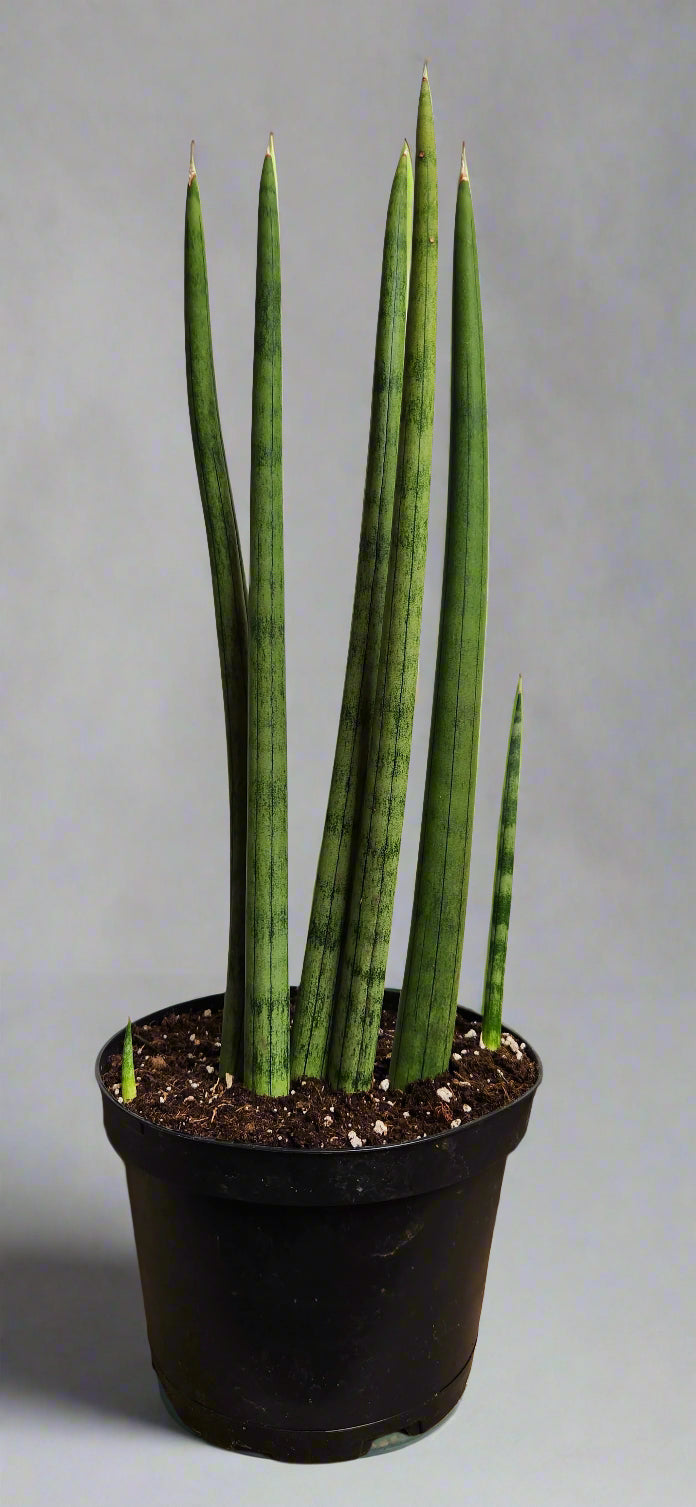



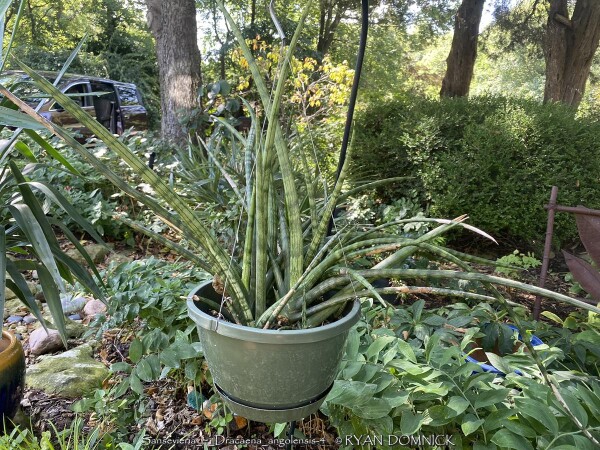

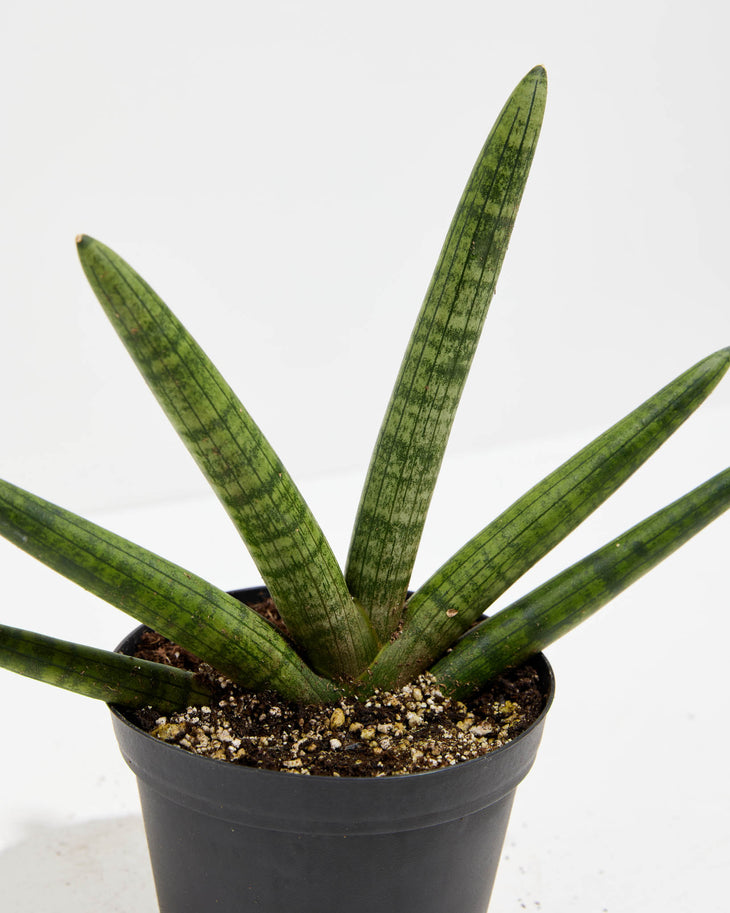
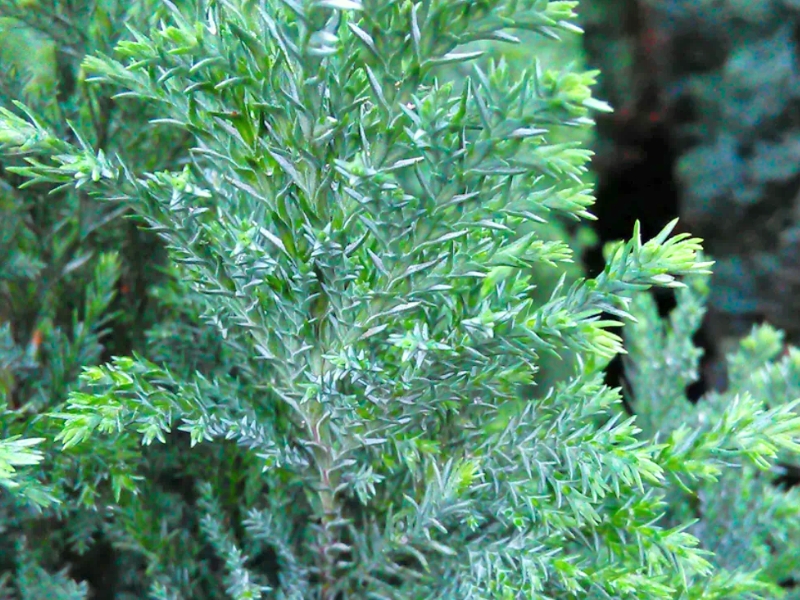
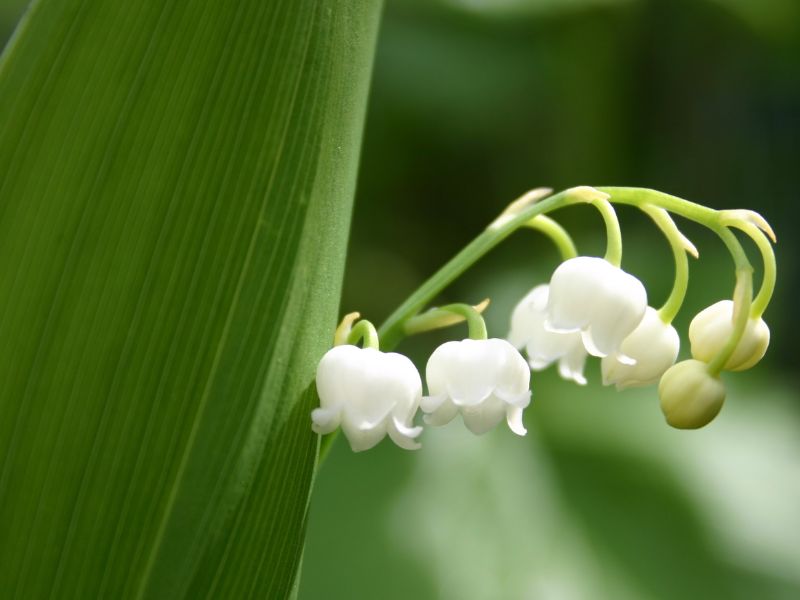
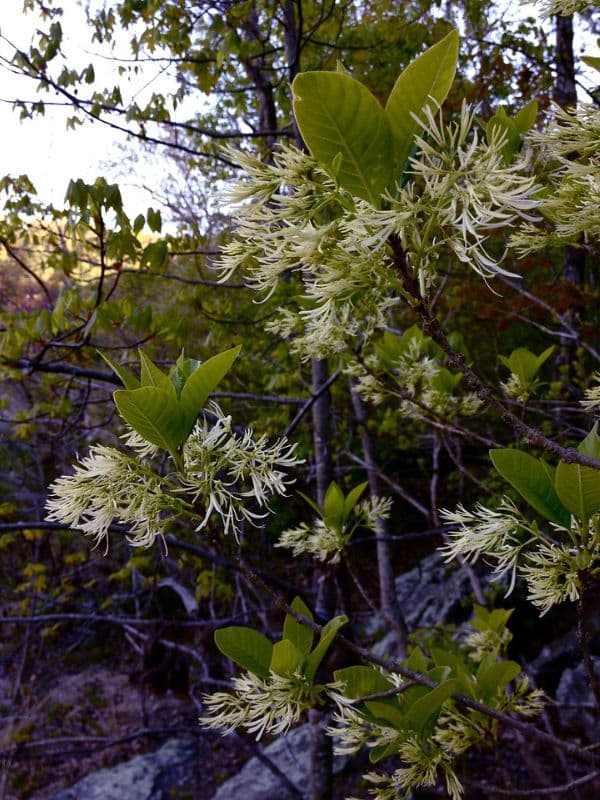
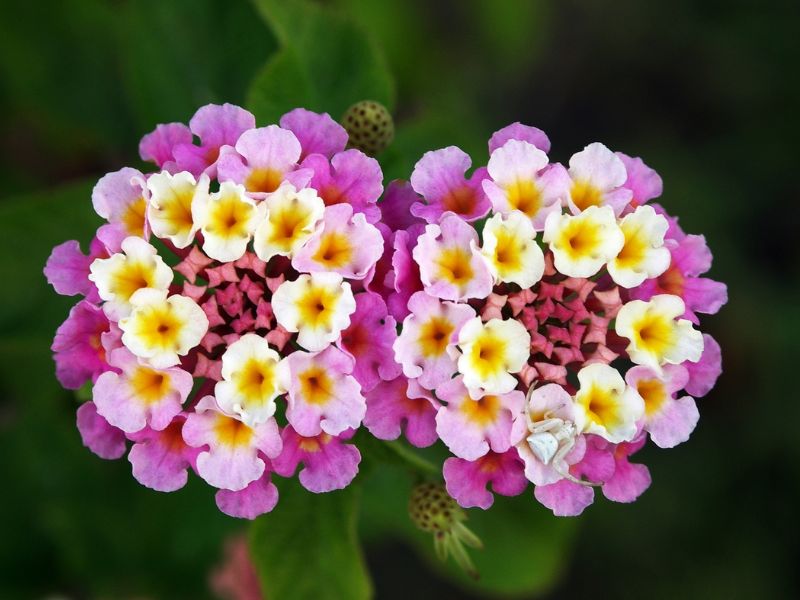
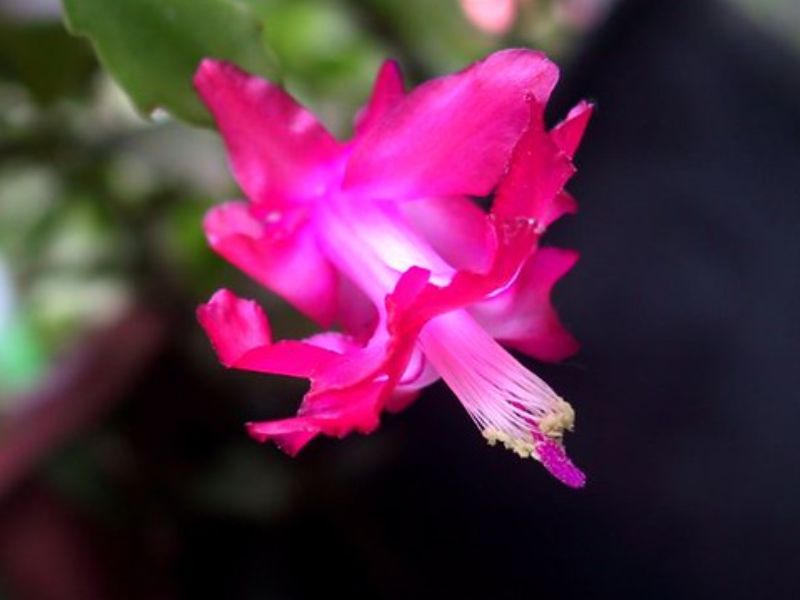
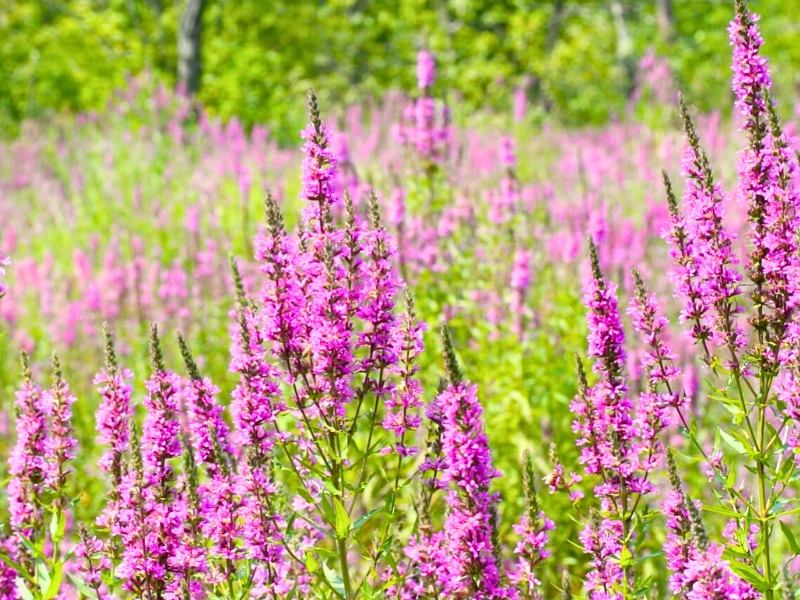
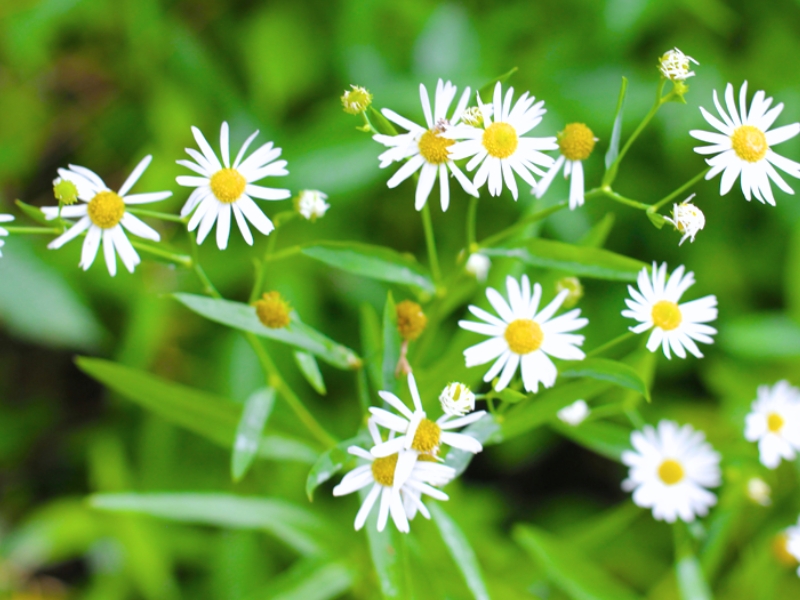
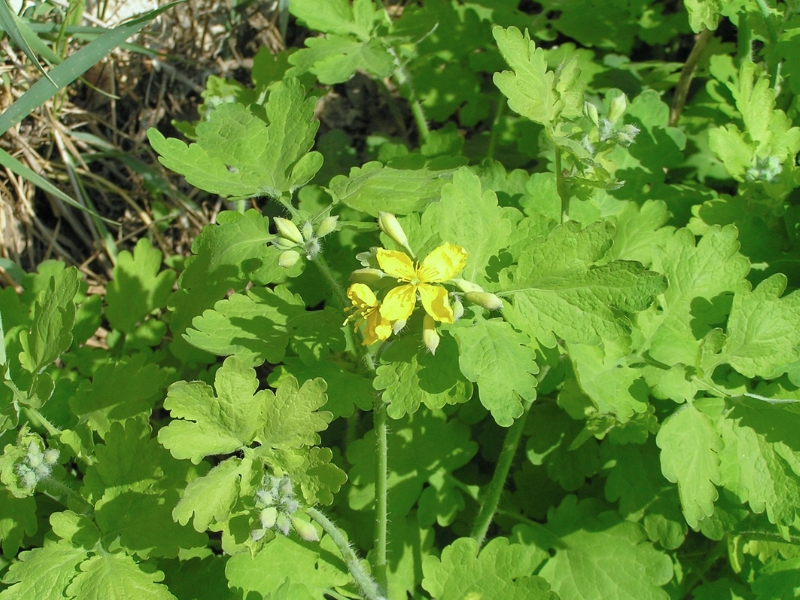
Leave a Reply